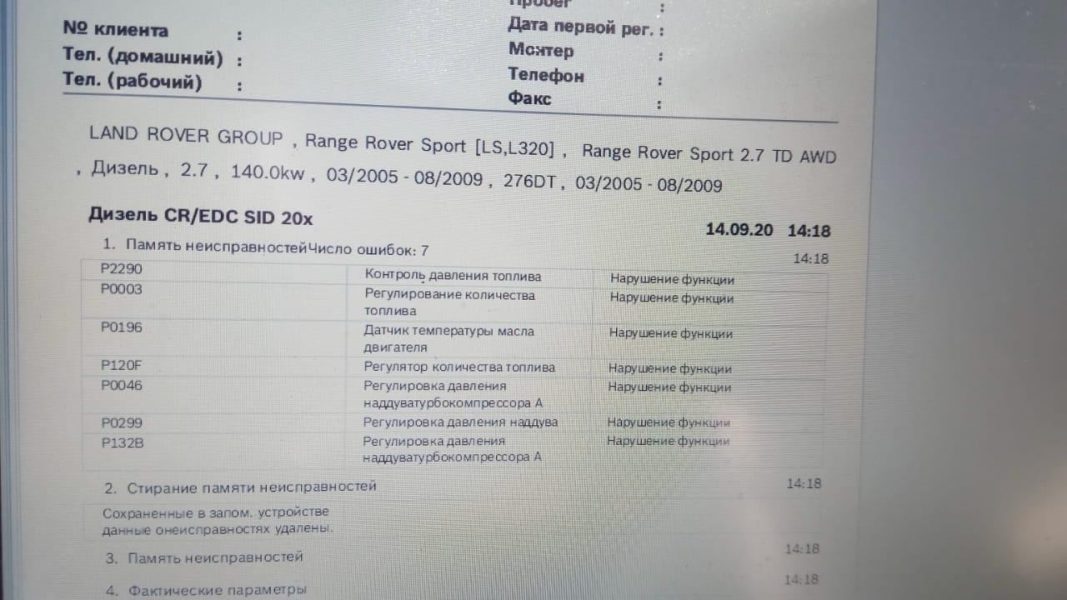
P2290 Injector control pressure too low
Content
- P2290 Injector control pressure too low
- OBD-II DTC Datasheet
- What does P2290 mean?
- What is the severity of this DTC?
- What are some of the symptoms of the code?
- What are some of the common causes for the code?
- What are some steps to troubleshoot the P2290?
- Related DTC discussions
- Need more help with the P2290 code?
P2290 Injector control pressure too low
OBD-II DTC Datasheet
Injector control pressure too low
What does P2290 mean?
This Diagnostic Trouble Code (DTC) is a generic transmission code and applies to many OBD-II vehicles (1996 and newer). This may include, but is not limited to, Ford, Range Rover, BMW, Peugeot, etc. Despite the general nature, the exact repair steps may vary depending on the model year, make, model and transmission configuration.
A persistent P2290 means the powertrain control module (PCM) has detected insufficient oil pressure required to control the high pressure fuel injection system while the engine is running.
While this code is used primarily in high pressure diesel injection systems, it can also be used in vehicles with gasoline engines. The PCM monitors high pressure injection using one or more fuel pressure sensors. Because the high pressure diesel injection system is timed and actuated using critical engine timing components, excessive injector pilot pressure can indicate a serious malfunction in the engine lubrication system and / or timing mechanisms. Conditions that cause P2290 to be stored can be either mechanical or electrical.
If the PCM detects insufficient injector oil pressure, a code P2290 will be stored and the Malfunction Indicator Lamp (MIL) will illuminate. MIL may require multiple ignition cycles (with failure) to illuminate.
Typical ICP injection control pressure sensor: 
What is the severity of this DTC?
Conditions that contribute to the persistence of a P2290 code can result in catastrophic engine damage. It is for this reason that this code should be categorized as serious.
What are some of the symptoms of the code?
Symptoms of a P2290 trouble code may include:
- No trigger condition
- Excessive smoke from the exhaust pipe
- Peculiar noises from the engine compartment
What are some of the common causes for the code?
Reasons for this code may include:
- Defective high pressure injection pressure switch
- Open or short circuit in control circuits
- Low oil level
- Low oil pressure
What are some steps to troubleshoot the P2290?
Begin by making sure the engine is filled to the proper level with oil and that the oil pressure and oil level indicators are off. In this case, a manual oil pressure check should be performed. Timing components are affected by engine oil pressure. High pressure injection is controlled by engine timing components. Low engine oil pressure can adversely affect injection timing.
You will need a diagnostic scanner, digital volt / ohmmeter (DVOM), and reliable vehicle information source to accurately diagnose the P2290 code.
You can save time by searching for Technical Service Bulletins (TSBs) that reproduce the stored code, vehicle (year, make, model, and engine) and symptoms found. This information can be found in your vehicle information source. If you find the right TSB, it can quickly fix your problem.
After you connect the scanner to the vehicle diagnostic port and get all stored codes and associated freeze frame data, write down the information (in case the code turns out to be intermittent). After that, clear the codes and test drive the car until one of two things happens; the code is restored or the PCM enters ready mode.
The code may be more difficult to diagnose if the PCM enters ready mode at this point because the code is intermittent. The condition that led to the persistence of P2290 may need to worsen before an accurate diagnosis can be made. If the code is restored, continue diagnostics.
You can get connector views, connector pinouts, component locations, wiring diagrams, and diagnostic block diagrams (related to the code and the vehicle in question) using your vehicle information source.
Visually inspect the associated wiring and connectors. Repair or replace cut, burnt, or damaged wiring.
Use the DVOM to test the voltage and ground circuits at the injection pressure transducers. If no voltage is found, check the system fuses. Replace blown or defective fuses if necessary.
If voltage is detected, check the appropriate circuit at the PCM connector. If no voltage is detected, suspect an open circuit between the sensor in question and the PCM. If voltage is found there, suspect a faulty PCM or a PCM programming error.
Check the injection pressure sensor with the DVOM. If it does not meet manufacturer's specifications, consider it defective.
- While this type of code is listed in some petrol-powered applications, I have seen it show up exclusively in diesel applications where engine timing and / or lubrication issues have occurred.
Related DTC discussions
- 2003 ford 6.0 f250 p102 p113 p404 p405 p2290Trk died on the freeway, which was towed to the house, scanned and received these codes. Changed fuel filters / rings, cleaned the air filter. Difficult to start, but does not idle. 240,000 4 miles, working with the first XNUMX codes, help on the last one can be used. Sound as if the fuel pump is running long before the trk starts. Please help owner service ...
Need more help with the P2290 code?
If you still need help with DTC P2290, post a question in the comments below this article.
NOTE. This information is provided for informational purposes only. It is not intended to be used as a repair recommendation and we are not responsible for any action you take on any vehicle. All information on this site is protected by copyright.